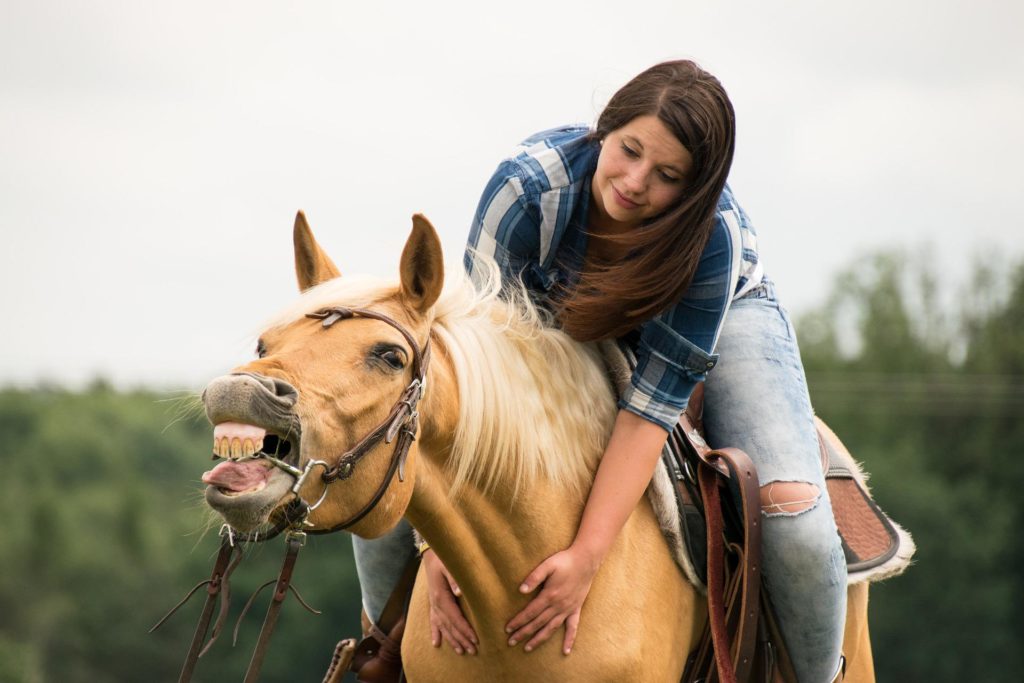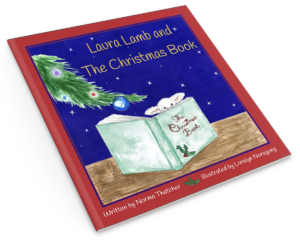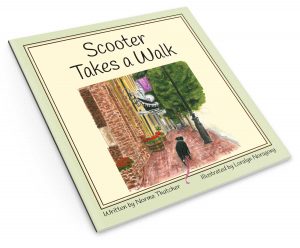
When Tim was about three and learning about emotions, he’d have me go through a range at his command. “Make a happy face, Mommy.” When I’d oblige, he’d grin back at me. “Now make an ‘angy’ face, Mommy.” When I’d furrow my brows and scowl deeply, Tim would look worried and announce solemnly, “Ooh, I don’t like dat one, Mommy.”
Our faces help tell our stories. That’s why it’s important for our “audiences” to see our faces while we’re talking. An audience can be our family at the dinner table, our coworkers around a conference table, an in-person audience of 100 that we address from a stage, or a virtual audience on Zoom.
Did you know there are six (arguably seven) universal facial expressions?
Darwin actually first brought up the idea of universal facial expressions in the 1800s. But it wasn’t until Dr. Paul Ekman and his team visited the highlands of New Guinea in 1967 and 1968 that the universality was proven. They studied the inhabitants there that had little to no contact with the outside world and found the New Guineans could identify the following emotions from being shown photos of people expressing the feeling: Sadness, Happiness, Anger, Fear, Disgust, Surprise (Happiness is sometimes also referred to as Joy.) Dr. Ekman later added a 7th, contempt, a one-sided smirk, but other experts disagree about it being universal.
Since these six are universally recognized, let’s use them to help tell our stories and enhance our audience’s understanding of what we’re saying. If you’re telling a story that includes being disgusted about something, then show disgust! I’ve seen speakers tell of someone who was joyous about an event, but you would never have known it from looking at the speaker’s face.
We are able to express so much rich emotion with our faces. When we go through life with a deadpan look about us, that’s a waste.
So go ahead. Make a face.
~~~~~~




Dear Norma,
Another great blog!!!!!
Hugs and Love,
Judy
Norma, my children still say “All Dad had to do was make that face” and they knew they were in trouble!”
You know, I think I remember that face!